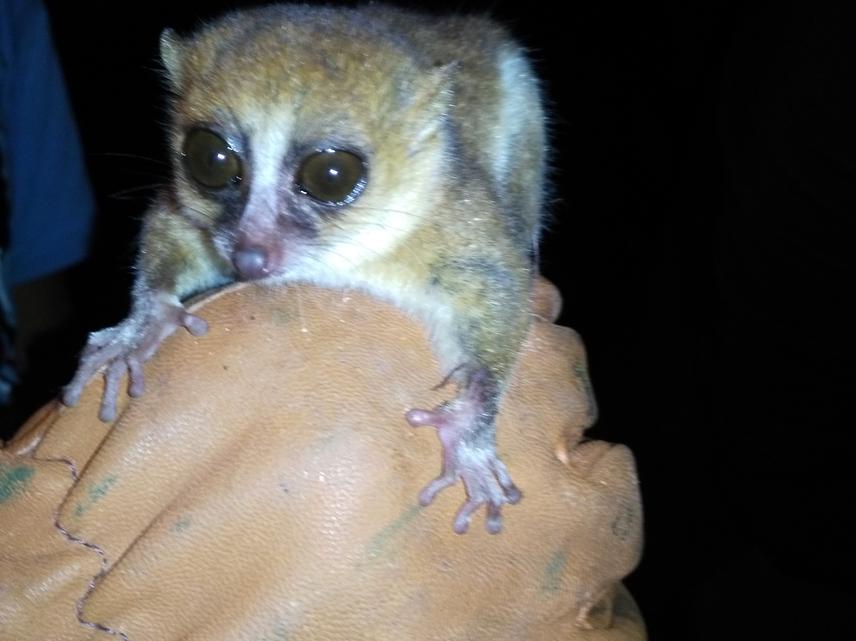Veronarindra Ramananjato
Other projects
This project seeks to examine the seed dispersal effectiveness of small-bodied nocturnal and omnivorous mouse lemur species (Microcebus spp.), and investigate their contribution in the spread of the invasive strawberry guava (Psidium cattleianum, Myrtaceae) relative to that of native species in Madagascar’s southeastern rain forests. This project will provide a wealth of information about mouse lemurs’ impacts on their food plant species and champion their importance in forest functional restoration. It will shed a light on the ecological importance of omnivores in preserving forest integrity and design conservation priorities of both plant and animal communities. Also, its results may validate/invalidate that mouse lemurs can inhibit the spread of invasive plant species by dispersing native species that may promote their use in biocontrol of invasive species. Also, results will give baseline for enhancing mouse lemurs’ conservation and integrating seed dispersal as a tool to maintain and preserve forest heterogeneity and diversity.

Captured Microcebus jollyae in KCF. ©Vero Narindra Ramananjato
This project finds its rationale in the lack of investigation on the effectiveness of the seed dispersal by small-bodied nocturnal and omnivorous species, the mouse lemurs’ potential in maintaining habitat heterogeneity and diversity by occurring in both intact and disturbed forests, their influence both animal and plant communities by being at an intermediate level of the food chain, as well as their long-distance and multi-strata forage.
This project focuses its investigation on two mouse lemur species: the rufous mouse lemur, Microcebus rufus, in the rain forest of Ranomafana National Park and the Jolly’s mouse lemur, Microcebus jollyae, in Kianjavato Classified Forest. We will combine data from feces sampling, seed collection, germination trials and focal tree watches to describe their seed dispersal effectiveness and examine its implications in both forest ecology, restoration and conservation. Specifically, we will:
- Characterize their contribution in the dispersal of both native and invasive species by identifying all defecated seeds. We will mainly collect fecal samples from live-trapped mouse lemurs by using Sherman live traps, and complete these with fecal samples from observed individuals during direct focal tree watches;
- Determine the quantity of their seed dispersal by counting and measuring all defecated seeds to establish the diversity and the size-type of dispersed seeds;
- Assess the quality of their seed dispersal service by running different germination trials. We will set up defecated seeds as well manually extracted seeds (control) for germination: 1) on wet paper filter in Petri dishes, and 2) on forest ground under natural conditions (in situ trials). Germination success, seed and seedling viability as well seedling growth of both defecated an control seeds will be recorded at each monitoring (weekly for Petri dishes trials, and monthly for the in situ trials) in order to be compared;
- Compare their contribution to fruit removal and seed dispersal of Psidium cattleianum with that of other frugivores in the area by recording behavioral data. We will conduct direct and camera traps tree watches focused on P. cattleianum trees to survey fruit-eating animals, including other Lemurs, Birds and Rodents, record the amount of fruits consumed as well as their feeding and dispersing behavior.
After its completion, the results of this project will be presented in workshops with parks managers, local population and community-based environmental association, and a part of it will be defended for my Masters’ degree.